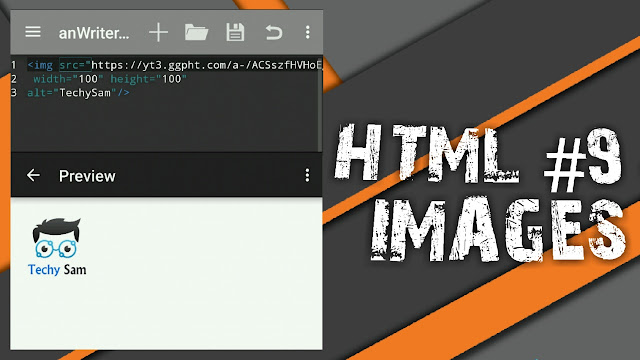HTML name Attribute
Definition and Usage
The name attribute specifies a name for an HTML element.
This name attribute can be used to reference the element in a JavaScript.
For a <form> element, the name attribute is used as a reference when the data is submitted.
For an <iframe> element, the name attribute can be used to target a form submission.
For a <map> element, the name attribute is associated with the <img>'s usemap attribute and creates a relationship between the image and the map.
For a <meta> element, the name attribute specifies a name for the information/value of the content attribute.
For a <param> element, the name attribute is used together with the value attribute to specify parameters for the plugin specified with the <object> tag.
Applies to
The name attribute can be used on the following elements:
| Elements | Attribute |
|---|---|
| <button> | name |
| <fieldset> | name |
| <form> | name |
| <iframe> | name |
| <input> | name |
| <map> | name |
| <meta> | name |
| <object> | name |
| <output> | name |
| <param> | name |
| <select> | name |
| <textarea> | name |
Examples
Example
Two buttons with equal names, that submit different values when clicked:
Choose your favorite subject:
<button name="subject" type="submit" value="HTML">HTML</button>
<button name="subject" type="submit" value="CSS">CSS</button>
</form>
Fieldset Example
A <fieldset> with a name attribute:
Name: <input type="text"><br>
Email: <input type="text"><br>
</fieldset>
Form Example
An HTML form with a name attribute:
First name: <input type="text" name="fname"><br>
Last name: <input type="text" name="lname"><br>
<input type="button" onclick="formSubmit()" value="Send form data!">
</form>
Iframe Example
An <iframe> that act as a target for a link:
<a href="https://www.pinfinitys.com" target="iframe_a">PI.com</a>
Input Example
An HTML form with three input fields; two text fields and one submit button:
Name: <input type="text" name="fullname"><br>
Email: <input type="text" name="email"><br>
<input type="submit" value="Submit">
</form>
Map Example
An image map, with clickable areas:
<map name="planetmap">
<area shape="rect" coords="0,0,82,126" href="sun.htm" alt="Sun">
<area shape="circle" coords="90,58,3" href="mercur.htm" alt="Mercury">
<area shape="circle" coords="124,58,8" href="venus.htm" alt="Venus">
</map>
Meta Example
Use the name attribute to define a description, keywords, and the author of an HTML document:
<meta name="description" content="Programming in a way to Understand">
<meta name="keywords" content="HTML,CSS,JavaScript,Android">
<meta name="author" content="SamS">
</head>
Object Example
An <object> element with a name attribute:
Output Example
Perform a calculation and show the result in an <output> element:
<input type="range" id="a" value="50">100
+<input type="number" id="b" value="50">
=<output name="x" for="a b"></output>
</form>
Param Example
Set the "autoplay" parameter to "true", so the sound will start playing as soon as the page loads:
<param name="autoplay" value="true">
</object>
Select Example
A drop-down list with a name attribute:
<option value="volvo">Volvo</option>
<option value="saab">Saab</option>
<option value="opel">Opel</option>
<option value="audi">Audi</option>
</select>
Textarea Example
A text area with a name attribute:
<textarea name="comment">Enter text here...</textarea>
<input type="submit">
</form>
Browser Support
The multiple attribute has the following browser support for each element:
| Element | |||||
|---|---|---|---|---|---|
| button | Yes | Yes | Yes | Yes | Yes |
| fieldset | Yes | Not supported | Yes | Yes | Yes |
| form | Yes | Yes | Yes | Yes | Yes |
| iframe | Yes | Yes | Yes | Yes | Yes |
| input | 1.0 | 2.0 | 1.0 | 1.0 | 1.0 |
| map | Yes | Yes | Yes | Yes | Yes |
| meta | Yes | Yes | Yes | Yes | Yes |
| object | Yes | Yes | Yes | Yes | Yes |
| output | 10.0 | Not supported | 4.0 | 5.1 | 11.0 |
| param | Yes | Yes | Yes | Yes | Yes |
| select | Yes | Yes | Yes | Yes | Yes |
| textarea | Yes | Yes | Yes | Yes | Yes |







Comments
Post a Comment